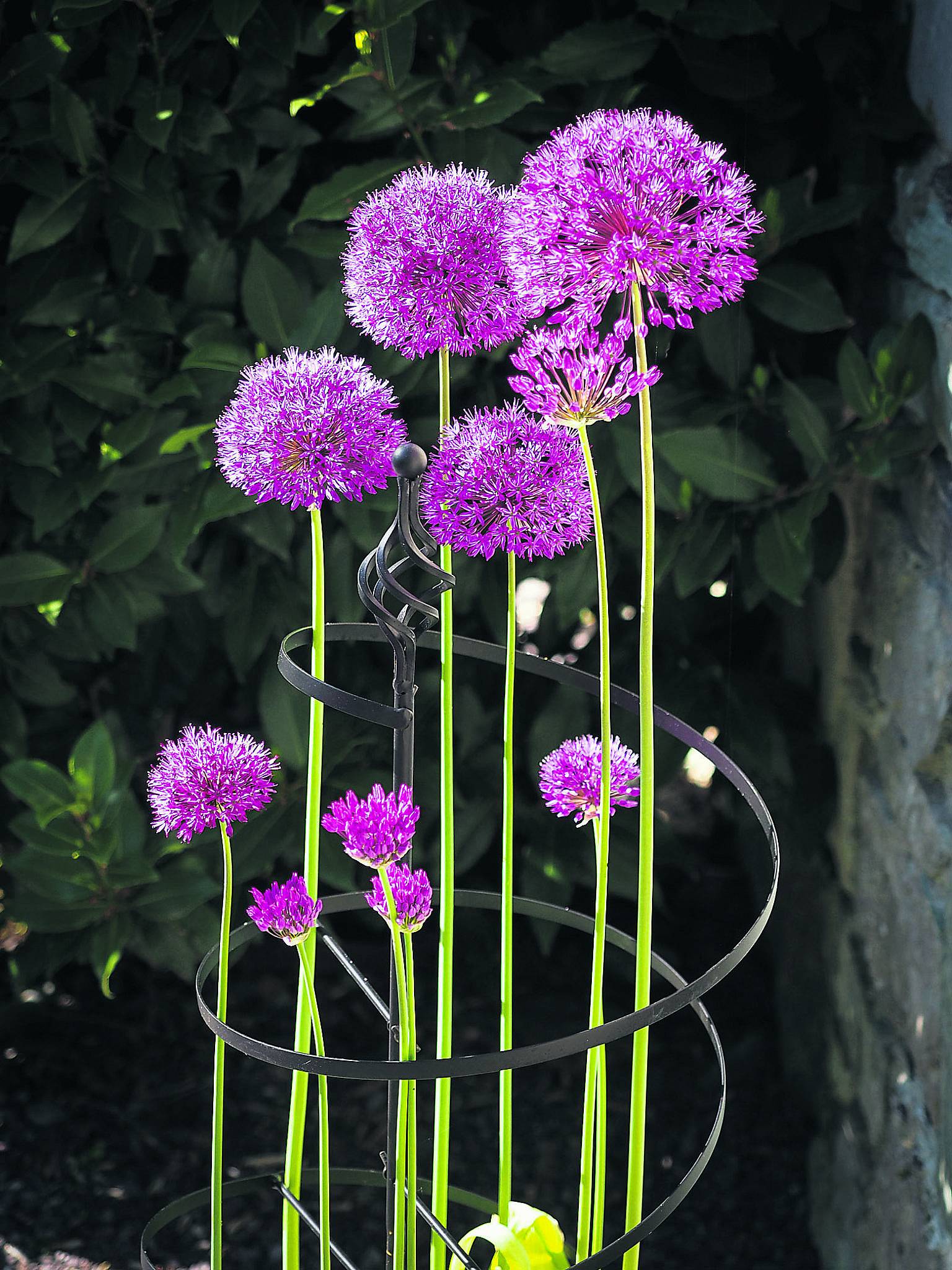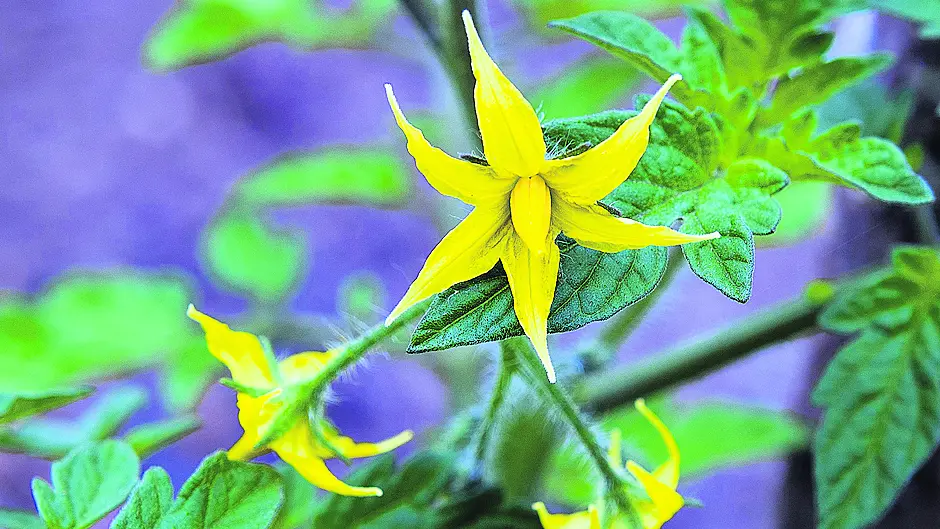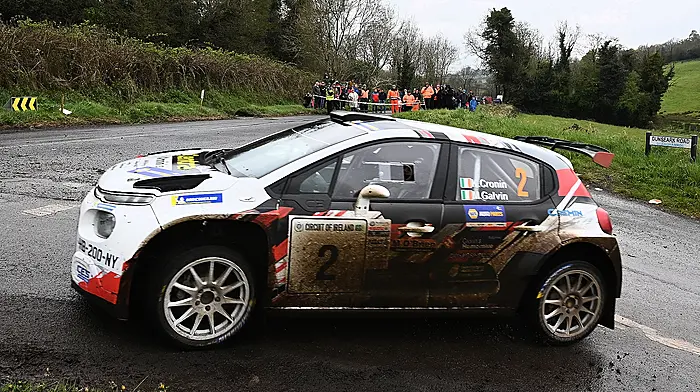By Joyce Russell
HERE we are in June and the real rush of sowing and planting has started to slow down.
Get as many plants into their final position as possible. Once they are growing well, they will need less attention. The work pattern shifts to mowing, mulching and weeding for a while. And if the weather is dry, then you may spend more of your day getting water to containers and beds than you would really like.
Don’t stress too much over any of this! If the grass grows long then bees and insects will benefit. Some weed growth can act as ground cover and reduce water loss through evaporation, and any plant with a good root structure is more drought tolerant than you might think.
June is one of the best months of the year. There is so much promise in the garden now with all the abundance of growth and colourful flowers. This can be a time to take a breather from too much work and sit back and enjoy the beautiful garden that you have worked so hard to create.
Alliums
The beautiful flowering orbs of ornamental alliums are a lovely sight in flower borders and containers. Most flowers are purple and, when planted in groups, they make a striking tall feature that can last for many weeks. Purple Sensation is a common variety that forms tight balls of flowers around 10cm in diameter. Christophii forms a larger head with less tightly packed star-shaped flowers. Both look spectacular even after the flowers fade and stems can be cut for dry flower displays.
Bulbs are planted in the autumn so there isn’t much to do now other than keep plants watered, provide supports if needed, and admire the display. When plants die back in a few months’ time, you can lift and divide up the bulbs. These can be planted again in the autumn – choose the biggest healthiest bulbs for replanting.
Tomato care
Tomatoes are one of the best greenhouse crops and in a good summer they can crop very well in a sheltered position outdoors. Plants will usually have some flowers by now – these are self-fertile but fruit may fail to set if pollen is too dry. A light mist with water can help solve this problem and you should get plenty of fruit set from these early flowers.
Keep tying stems in to supports as they grow. Allow enough room for stems to swell and make sure they aren’t able to flop over and break. These plants are in the same family as potatoes so they can suffer from blight in a warm wet season. Plants grown under cover have some protection from airborne spores, outdoor plants are more likely to suffer unless protected by a suitable covering.
 Flowering alliums look beautiful in containers or the flower border. (Photo: Ben Russell)
Flowering alliums look beautiful in containers or the flower border. (Photo: Ben Russell)
Still things to plant out
Pumpkin plants should go in the ground as soon as you can manage. These plants grow and spread quickly and they hate being root bound. Tease out roots that have spiralled round and round the pot before you put each plant into a hole filled with a good mix of manure and compost. Water well and keep the ground as damp as possible for these thirsty plants.
Courgette plants will fruit soon if you get them into an outdoor bed with plenty of room for growth.
Sweetcorn does really well in a greenhouse or polytunnel. Get plants in the ground so roots can keep heading downwards. Plant in blocks for the best pollination and you can put them as close as 30cm apart if the soil is adequately rich with nutrients.
Climbing French beans and runner beans can still be sown now, but you will have beans sooner if you plant out some strong young plants. Provide string supports for each plant.
Brussels sprout plants can go in an outdoor bed. Allow 60cm between each one if you are growing large varieties. Add lime or wood ash to the bed if your soil is acid.
Aubergines and peppers can be planted into a greenhouse now if temperatures are settled. These plants require more heat than tomatoes and they suffer if grown in cold damp conditions.
Lettuce should be planted every three or four weeks if you want a continuous supply of leaves. Buy in small plants if you haven’t raised your own and protect from slugs in wet weather.
 A bolting rhubarb stem.
A bolting rhubarb stem.
Bolting plants
Rhubarb will bolt in dry hot weather. Look out for flowering spikes forming and cut these out before they flower. Keep the ground moist and plants should continue to grow strong stems for another while.
Check onion and garlic beds too and nip out any flower shoots that form as a hard core to the plant. You may not get large bulbs from plants that have started to bolt, but the bulbs can still be tasty if you use them soon.








